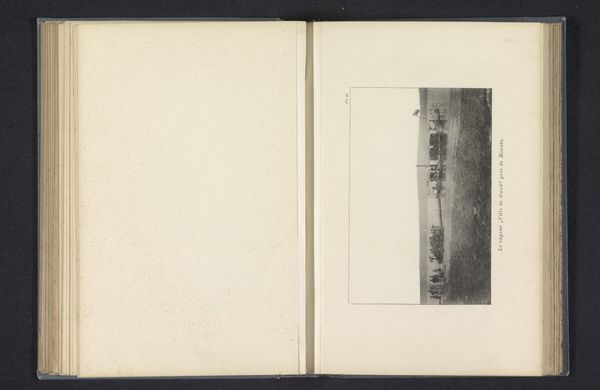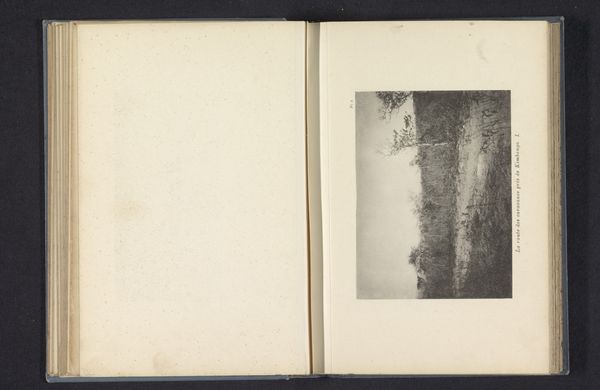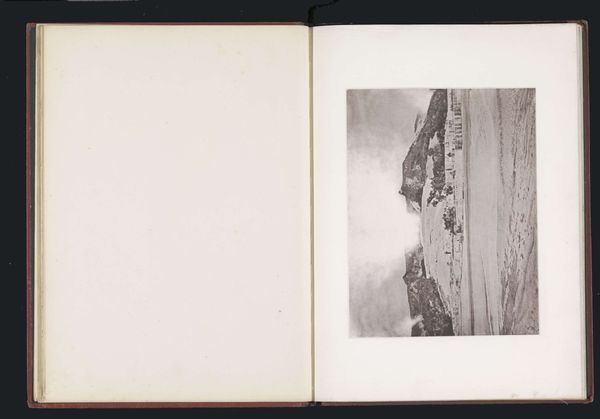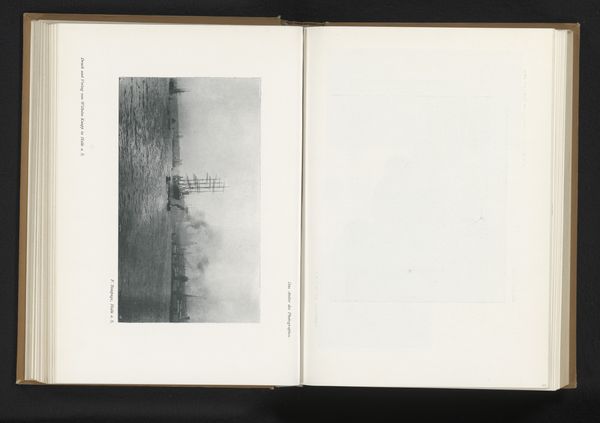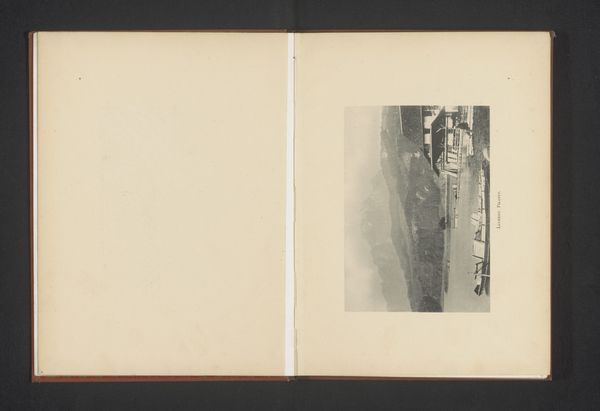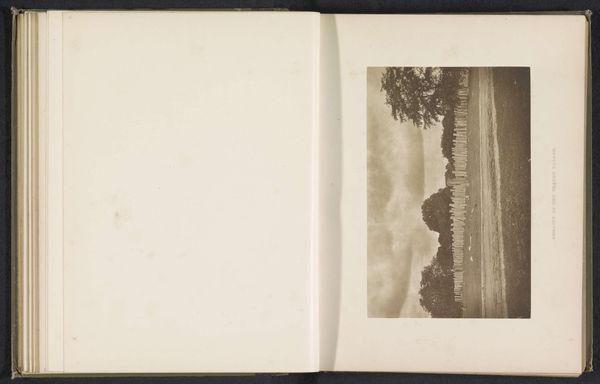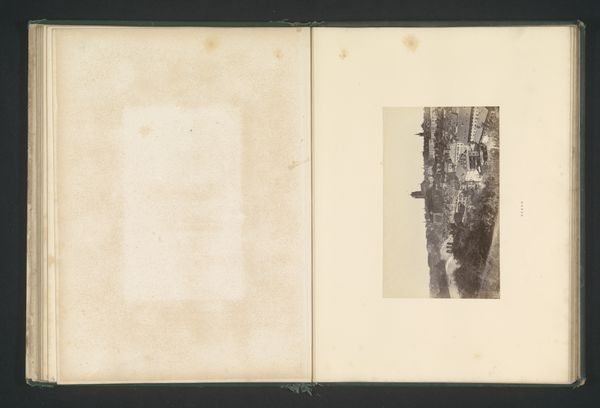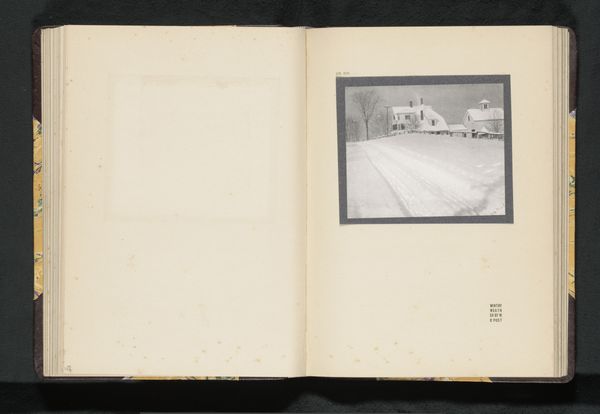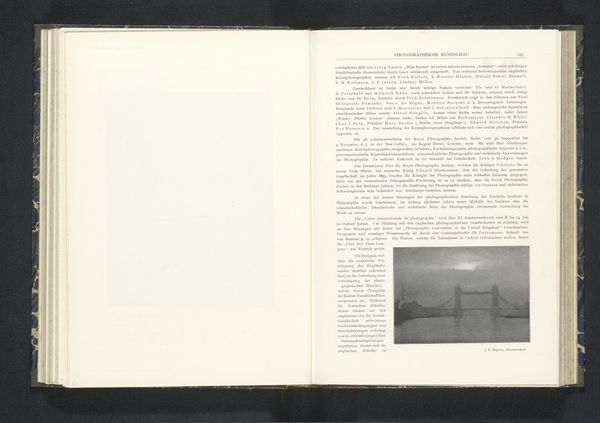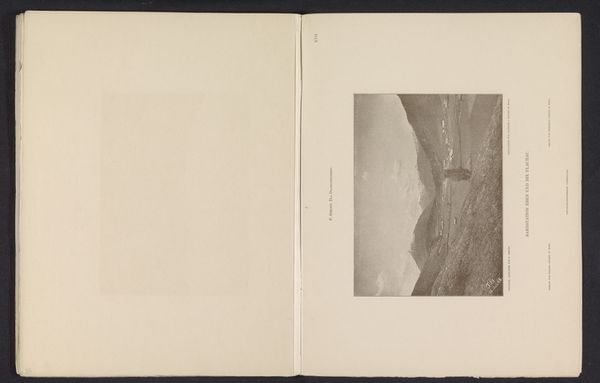
Gezicht op een industrieel gebied met rokende schoorstenen aan het water before 1900
0:00
0:00
print, photography
#
still-life-photography
#
ink paper printed
# print
#
landscape
#
photography
#
realism
Dimensions: height 95 mm, width 180 mm
Copyright: Rijks Museum: Open Domain
Editor: This image, titled *Gezicht op een industrieel gebied met rokende schoorstenen aan het water*, or *View of an Industrial Area with Smoking Chimneys by the Water*, appears to be an early print, before 1900, by P. Fraenkel. The sepia tones give it a melancholic feel. How do you interpret the significance of representing industry this way? Curator: It's fascinating, isn't it? Before 1900, depictions of industrial landscapes like this weren't merely neutral records. They actively shaped public perception of progress and modernization. Who do you think this photograph was for? Editor: Perhaps investors or civic leaders, trying to promote their industrial prowess? Curator: Precisely. Think about the broader context: Photography was gaining traction, cities were expanding, and industries were booming. An image like this, presented as “art,” lends an aura of progress and inevitability to industrial expansion. The composition almost romanticizes these factories; despite pollution, there’s a sense of dynamism and power. We might consider it a visual tool for shaping the public's embrace of industrial capitalism. How do you think viewers at the time would have received it? Editor: Perhaps they would have felt pride or hope, a belief in a better future fueled by industry? It makes you wonder what Fraenkel's own views were. Curator: Exactly! And it highlights the critical role photography played – not just in documenting but in actively shaping narratives around industry and its impact on society. Editor: That's a perspective I hadn’t fully considered. It's a reminder of the powerful influence imagery has in shaping public opinion. Curator: And of art's function as a shaper of ideas, not just an innocent reflection of the world.
Comments
No comments
Be the first to comment and join the conversation on the ultimate creative platform.
